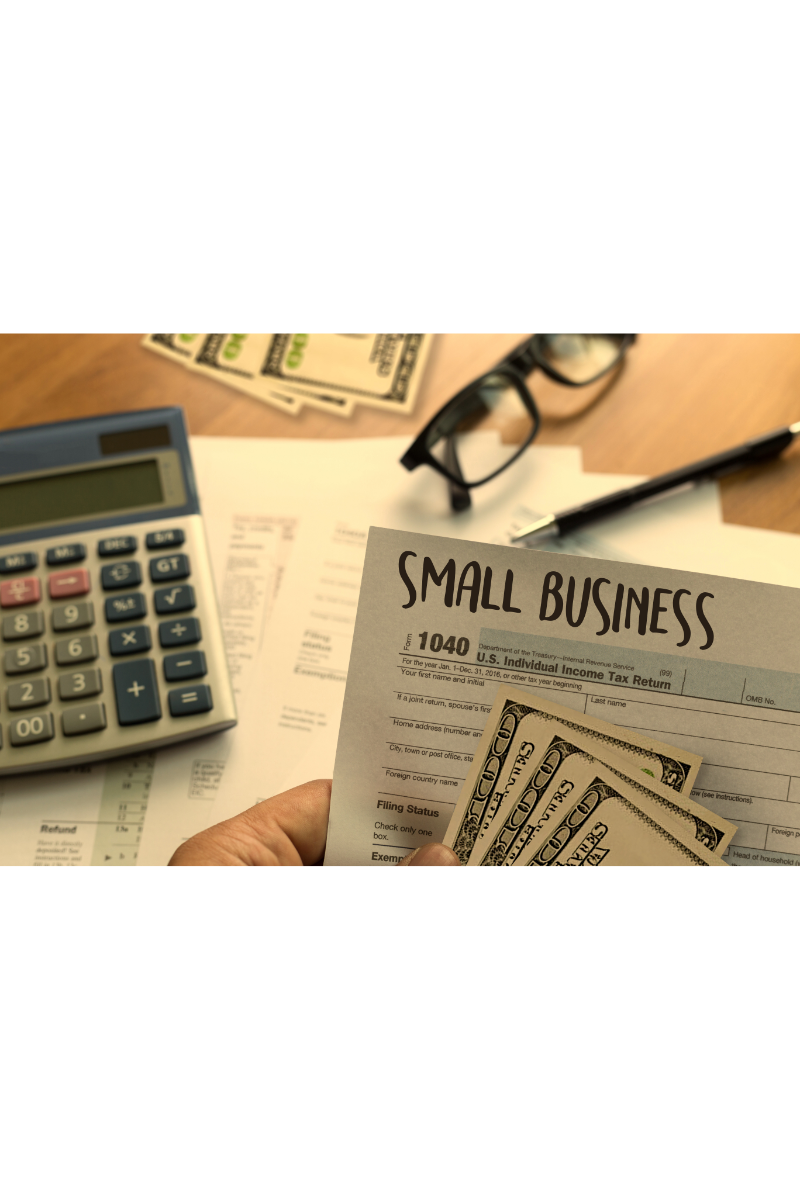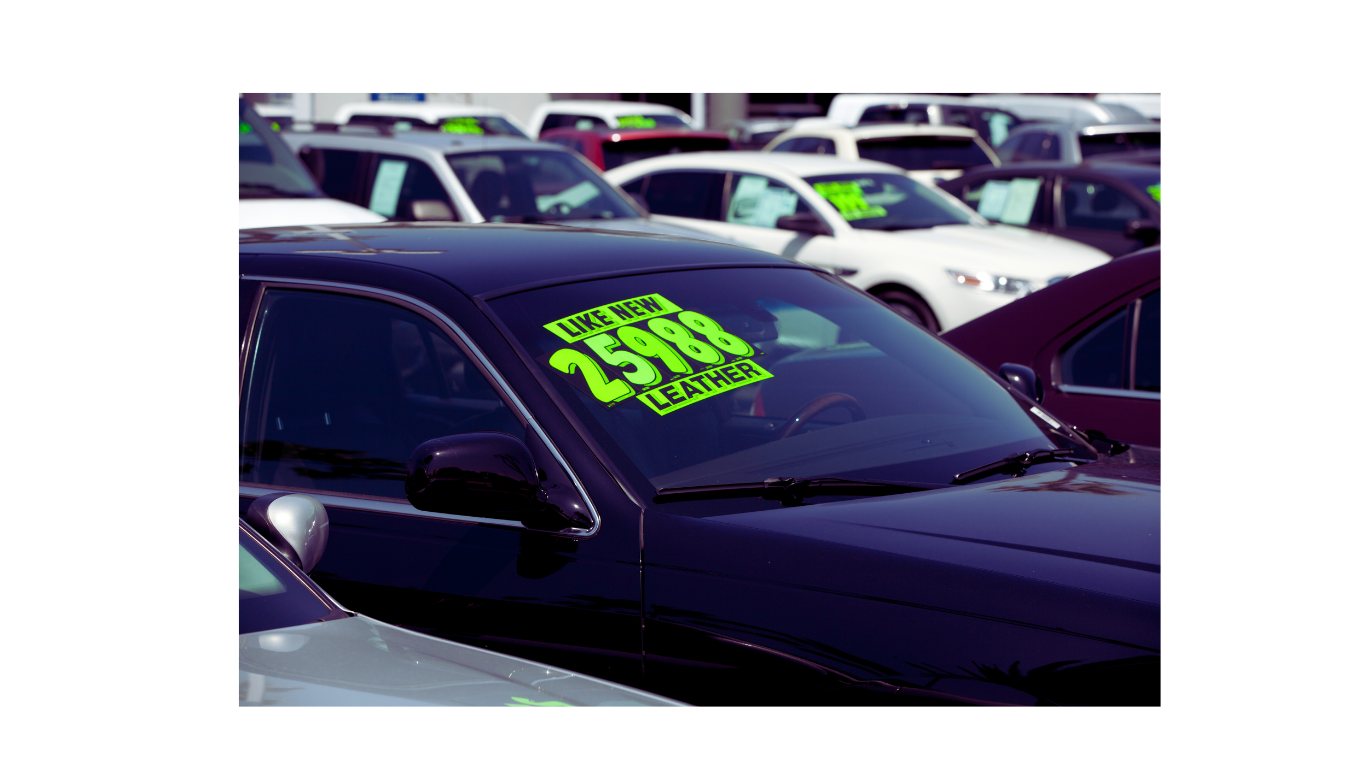Personal Liability Coverage on Homeowner’s Policy
For homeowners, personal liability coverage is usually included in their homeowner’s insurance policy. Depending on the policy and carrier, coverage ranges from $100,000 to $1 million. Usually legal fees, court costs, settlements, and judgments against a homeowner are covered when the homeowner or family member is legally liable for property damage or bodily injury. An additional layer of protection may be provided by increasing the liability limits if offered by the carrier and/or purchasing a personal umbrella policy.
Lawsuits can result from many unintentional incidents in our daily lives and it is impossible to list all the possible scenarios. But examples include guests slipping on walkways, children getting hurt on swing sets at birthday parties, or people getting bitten by the homeowner’s dog while walking or at a park.
Not all situations are covered by personal liability coverage. Libel and slander are generally not covered unless you have “personal injury” included in your coverage. For example, a homeowner posts something defamatory about someone else on social media and is sued for damages. Additionally, some insurance companies may also exclude coverage for certain types of activities or property, such as trampolines and certain breeds of dog.
Homeowners’ personal liability policies can provide valuable protection, but it is always better to avoid accidents or incidents that could lead to lawsuits. Here are a few steps homeowners can take to reduce their liability risks:
- Maintain a safe and secure property by keeping walkways clear of debris, repairing any potential hazards such as loose railings or steps, and keeping any potentially dangerous equipment or chemicals out of reach of children.
- Make sure pets are properly trained and supervised so they don’t bite or injure others.
- Avoid engaging in risky activities or hobbies that could result in injury to others, such as using power tools or engaging in extreme sports on the property.
- Purchase additional liability coverage if necessary to provide additional protection beyond the standard policy limits and/or purchase a liability umbrella policy.
Overall, personal liability coverage is a crucial component of homeowner’s insurance. This coverage can offer valuable protection in the event the homeowner or family member is legally or potentially legally liable for property damage and/or bodily injury. A homeowner should read their policy and review it with their agent and/or carrier to understand the coverage limits, exclusions, and responsibilities. Aside from this, they need to take steps to reduce their risk of injury or lawsuit.
The post Personal Liability Coverage on Homeowner’s Policy appeared first on Conway Insurance, LLC.
Recent posts


